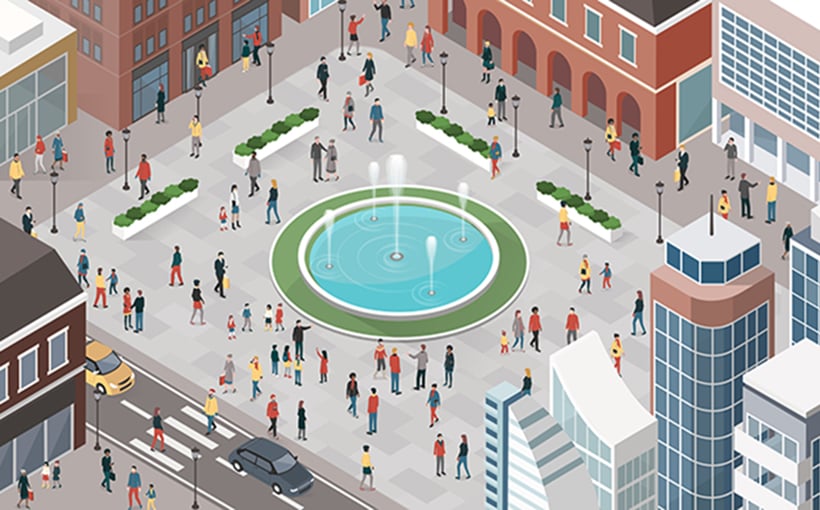Today’s consumers are increasingly drawn to brick-and-mortar stores for the experiential factor. They want to physically interact with products, using all their senses to fully engage with them. According to JLL’s 2024 Global Consumer Experience Survey, consumers are demanding unique and improved experiences from buildings and spaces in between. These places must offer a higher level of experience in order to stand out from competitors and become preferred destinations.
However, it is not just retailers who hold the responsibility of creating unforgettable experiences – developers and investors also play a crucial role in designing and maintaining these destination spaces. The survey highlights that providing exceptional experiences for end-users has become central in placemaking agendas, leading to increased footfall, consumer satisfaction, and spending.
Based on data collected from 3,200 respondents across four generations living in 26 international cities worldwide,
JLL offers insights into how developers can generate an appealing built environment while sustaining its appeal over time.
Experience at the Heart of Places & Spaces
While people enjoy traveling outside their home cities for new experiences,
they also crave novelty within their own communities; as such,
76% believe that cities should constantly offer new opportunities for engagement. However,
the survey emphasizes that experience should be tailored carefully accordingto local contentand target consumer basein orderfor real estate developmentsand “destination”placesandspacesto truly differentiate themselves through memorable encounters.
Integrate Experience Factors Across Developments
The key factors identified by JLLthat enhanceconsumerexperiences includevalues-alignment,human connection,personalization,andmemorable moments.Furthermore,the study reveals that when choosing an experience,reputationof brandsandrecommendationsfrom othersareimportantfactorsafter safety ,affordability,andaccessibility.Additionally,p eoplewanttoengagewith placesandbrandsreflectingtheir values.J LL suggests leveraging data-driven approaches can help build localized consumerexperiencesacross different developments .
Connect Digital & Physical Experiences
Combining digital and in-person experiences within real estate developments serves two purposes: it increases consumer appeal and allows for personalized experiences based on individual preferences. This can be achieved through the use of tools such as mobile apps or augmented reality devices, which enhance the overall experience.
Focus on Human-Centric Design
The design of places and spaces plays a crucial role in creating a sense of belonging, safety, affordability,and accessibilityfor consumers. While respondents highlighted safetyandaffordabilityas important factors,the survey also revealed that elements like “feeling at home”andthe availabilityof amenities are key considerations when choosing an experience.JLL suggests that pedestrian-friendly, accessible,and healthy spaces cater to all generations’ needs.
Understand the Value of Shared Experiences
Finally,humans crave connection – socialandsharedexperiencesrankedhighlyamongstrespondents.”Futureplaces”that successfully incorporate shared experiences into their strategies will not only drive economic growth but also foster social capital. Developments where people feel connected to their community tend to perform better financially over time.
In Conclusion…
JLL’s survey highlights how pairing experience-led strategies with long-term development plans requires understanding consumer needs and preferences.”As the global experience economy continues to evolve,”the study notes,”there will be increasing pressure for innovation.Those who leverage data-driven insights and prioritize delivering exceptional experiences will transform their real estate offerings into resilient destinations that captivate consumers while driving long-term value.”




